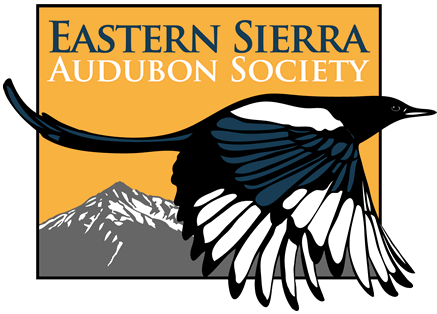At the beginning of every field guide is an illustration of a bird with all the parts named. Some such as the Peterson guide limit this to a single bird, while others, such as the Sibley Guide to Birds, devote seven pages to show bird parts of different groups of birds. This reflects the importance that Sibley attaches to this aspect of bird identification. Many people are unaware that knowing the different parts of a bird helps immensely in their ability to identify a confusing species.
The task of learning these terms is not as daunting as it might seem. Many of them, such as crown, nape, bill, belly, toes, tail, etc., are everyday words that would baffle few, leaving a smaller, more manageable group to incorporate into our vocabulary.
Years ago an enthusiastic student excitedly inquired about an amazing bird he had just seen. He felt it was probably very rare, as he had never seen it before. It was yellow and red and black! he bubbled. After encouraging him to relax and slow down a bit, we asked where on the bird was it yellow and red and black. After a few seconds he burst forth, Wow! It was yellow and red and black! He was so excited he could not remember where the colors were. As it was mid May and we had been seeing many Western Tanagers in the yard, we pointed out the illustration in our trusty field guide, and he excitedly said, Thats it! Thats it! But my bird was even brighter and more beautiful! We had to agree with him that they always are when they are seen in the wild.
Some identifications are more demanding and require attention to subtle detail. The more able the observer is in describing precise detail the more likely the end result will be successful. Many species are very similar to others but differ in ways that may require close attention to detail to separate the rare species from the look-alike fairly common species. Did the superciliary end at the eye or extend well beyond the eye? Were the lores black or the same color as the rest of the head? Were the auriculars bordered in black? Were the greater secondary coverts rusty or cream? Were the tertials broadly or finely edged in white? Were the undertail coverts streaked or unstreaked?
If any birder wants to grow beyond the rank of beginner, he/she must be ready to spend the small amount of time necessary with the illustrations at the front of the bird book and commit these terms to memory. Then look at wild birds closely to see what these parts look like on a moving bird. It is really an easy task and opens up a completely new level of identification and appreciation of these treasures with which we share the world.
Tags: crow
